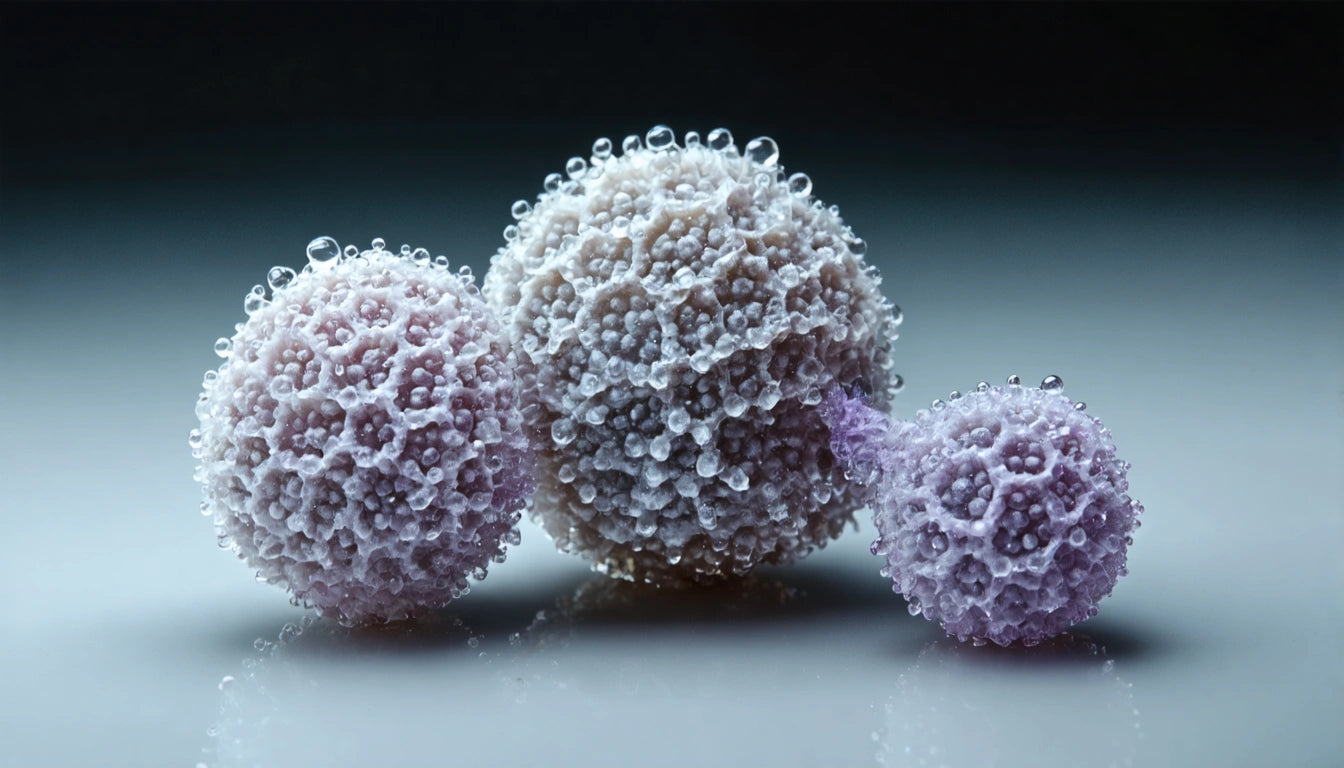Table of Contents
Understanding Cannabis Strains: Is Purple Haze Indica or Sativa?
Purple Haze stands as one of the most iconic cannabis strains in history, immortalized in popular culture and beloved by enthusiasts for decades. Many consumers ask whether Purple Haze is indica or sativa, seeking to understand its effects before consumption. This comprehensive guide explores the genetics, characteristics, and classification of this legendary strain.
Purple Haze Origins and Genetics
Purple Haze emerged during the 1960s and 1970s, with its name famously tied to Jimi Hendrix's 1967 hit song. However, the strain's true genetic lineage remains somewhat debated among cannabis historians. Most experts agree that the original Purple Haze was developed by breeding a purple-hued Thai sativa with a Haze variety.
The strain's distinctive coloration comes from anthocyanin pigments that develop when the plant is exposed to cooler temperatures during cultivation. These same compounds are responsible for the purple coloration in many fruits and vegetables, and they contribute to the strain's visual appeal and marketability.
Is Purple Haze Indica or Sativa?
Purple Haze is predominantly a sativa-dominant hybrid, typically with a genetic ratio of approximately 70% sativa and 30% indica. This classification explains many of its characteristic effects, which lean toward the energetic and cerebral rather than sedative.
As explained in this guide to indica and sativa varieties, the distinction between these classifications goes beyond effects to include physical plant characteristics, growth patterns, and chemical profiles. Purple Haze exhibits the taller structure and longer flowering time typical of sativa-dominant strains.
For consumers seeking to store and preserve the unique qualities of Purple Haze, proper packaging is essential. Many cultivators use specialized mylar bags designed for eighth-ounce quantities to maintain freshness and protect the strain's distinctive aroma and color.
Effects and Characteristics of Purple Haze
Aroma and Flavor Profile
What is Purple Haze known for in terms of sensory experience? The strain typically offers:
- A sweet, earthy aroma with berry undertones
- Spicy notes that become more pronounced when the flower is broken apart
- A smooth smoke with distinct grape and berry flavors
- Subtle hints of incense and spice on exhale
Effects and Potency
As a sativa-dominant hybrid, Purple Haze delivers effects that are primarily cerebral and uplifting:
- Creative stimulation and enhanced sensory perception
- Moderate euphoria without overwhelming intensity
- Energetic mental effects balanced by mild physical relaxation
- Average THC content ranging from 15-20%
- Typically low CBD levels (under 1%)
Comparing Purple Haze to Other Purple Cannabis Strains
The cannabis market features numerous purple-hued strains, each with distinct genetic backgrounds and effects. Purple cannabis strains vary widely in their indica/sativa ratios and effects.
Granddaddy Purple, for instance, is a heavily indica-dominant strain with sedative effects, contrasting sharply with Purple Haze's energetic profile. As detailed in this analysis of Granddaddy Purple, these strains share a color but offer dramatically different experiences.
Other notable purple strains include:
- Purple Kush (indica-dominant)
- Purple Urkle (indica-dominant)
- Lavender (indica-hybrid)
- Purple Punch (indica-dominant)
While these strains share purple coloration, what strain is Purple Haze most similar to in effects? Its closest relatives are other members of the Haze family rather than strains selected primarily for purple coloration.
The Haze Family: Related Strains
Purple Haze belongs to the broader Haze family of cannabis strains, known for their sativa-dominant genetics and cerebral effects. Haze varieties have become foundational in modern cannabis breeding.
Notable relatives include:
- Super Silver Haze
- Super Lemon Haze
- Ghost Train Haze
- Amnesia Haze
The question of whether Ghost Train Haze is indica or sativa follows a similar pattern to Purple Haze. Ghost Train Haze is also sativa-dominant (approximately 80% sativa) and produces potent cerebral effects, though typically with higher THC content than Purple Haze.
Similarly, when consumers ask about Baja Fog strain indica or sativa classification, they're inquiring about another Haze-influenced variety. Baja Fog tends to be more balanced in its effects than the strongly sativa-leaning Purple Haze.
For those interested in the sativa/indica balance of similar strains, this comparison of Super Lemon Haze and Super Silver Haze provides valuable context on how Haze genetics typically express themselves.
Cultivation and Appearance
Purple Haze plants display characteristics typical of their sativa-dominant genetics:
- Tall growth pattern with longer internodal spacing
- Longer flowering period (9-10 weeks)
- Moderate to high yields
- Distinctive purple hues most prominent in cooler growing environments
- Long, slender leaves compared to indica varieties
The purple coloration that gives the strain its name is most pronounced when plants experience temperature drops during the flowering stage, particularly at night. This environmental response triggers increased anthocyanin production, intensifying the purple hues.
Modern Relevance and Cultural Impact of Purple Haze
What is a Purple Haze experience in today's diverse cannabis market? While newer strains often feature higher THC percentages, Purple Haze remains relevant for its balanced effects and historical significance. Many consumers appreciate its moderate potency that delivers noticeable effects without overwhelming intensity.
The strain continues to influence cannabis culture and breeding programs. Many modern varieties trace their lineage to Haze genetics, seeking to capture the distinctive cerebral effects and aromatic profiles that made Purple Haze legendary.
For collectors and enthusiasts, Purple Haze represents an important chapter in cannabis history, connecting contemporary consumption to the counterculture movement of the 1960s and 1970s. Its enduring popularity demonstrates how classic strains maintain their appeal even as the market evolves toward higher potency and more diverse cannabinoid profiles.
Understanding whether Purple Haze is indica or sativa helps consumers make informed choices based on their desired effects and experience level. As the cannabis industry continues to mature, this knowledge becomes increasingly valuable for both recreational and medicinal users seeking specific outcomes from their consumption.











Leave a comment
All comments are moderated before being published.
This site is protected by hCaptcha and the hCaptcha Privacy Policy and Terms of Service apply.